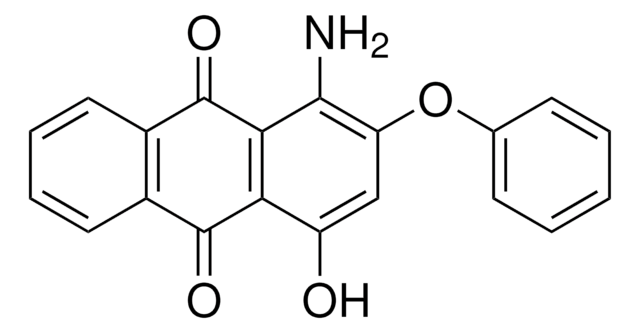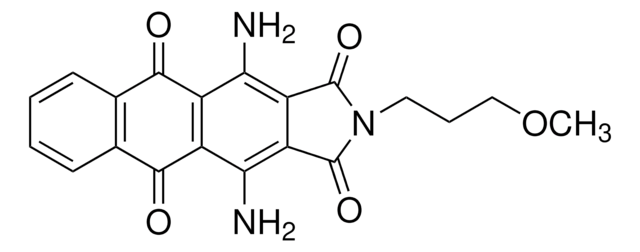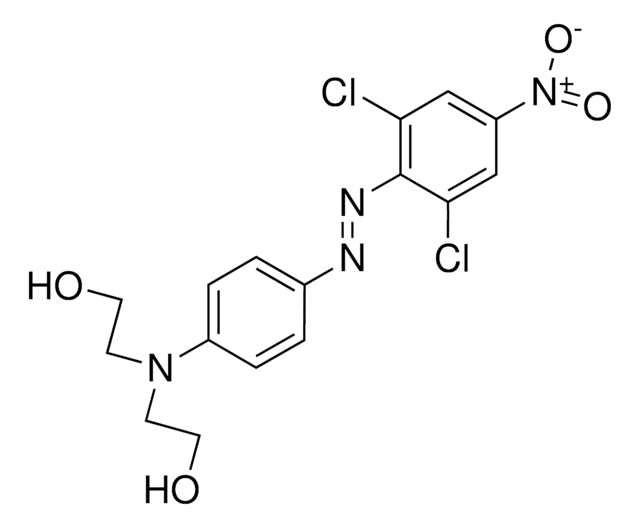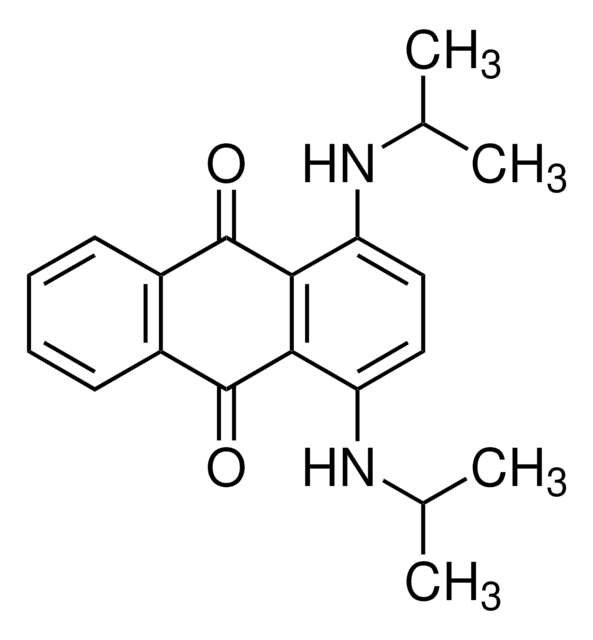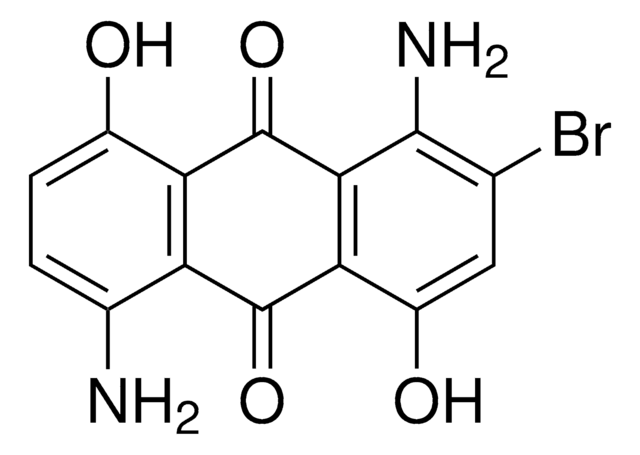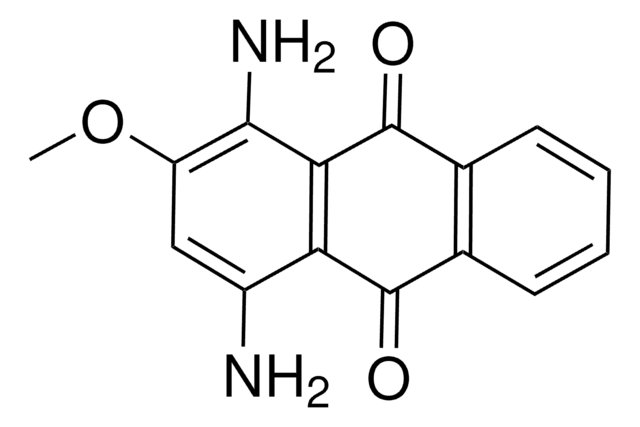Recommended Products
grade
for microscopy
Quality Level
application(s)
environmental
format
neat
InChI
1S/C16H19N5O4S/c1-4-20(7-8-25-12(3)22)13-5-6-14(11(2)9-13)18-19-16-17-10-15(26-16)21(23)24/h5-6,9-10H,4,7-8H2,1-3H3
InChI key
HMAJVAFLGGPIPN-UHFFFAOYSA-N
Looking for similar products? Visit Product Comparison Guide
General description
Disperse Blue (DB) 124 is a strong clothing dye sensitizer. It is also an important textile dye allergen.
Application
DB 124 was used during testing the sensitizing potential of the dye using loose-fit coculture-based sensitization assay (LCSA).
Other Notes
Dye standard for the assay of allergy-releasing dyes in textiles
Signal Word
Danger
Hazard Statements
Precautionary Statements
Hazard Classifications
Acute Tox. 3 Oral - Skin Sens. 1
Storage Class Code
6.1C - Combustible acute toxic Cat.3 / toxic compounds or compounds which causing chronic effects
WGK
WGK 2
Flash Point(F)
Not applicable
Flash Point(C)
Not applicable
Personal Protective Equipment
dust mask type N95 (US), Eyeshields, Gloves
Choose from one of the most recent versions:
Already Own This Product?
Find documentation for the products that you have recently purchased in the Document Library.
Wolfgang Uter et al.
Contact dermatitis, 57(4), 230-234 (2007-09-18)
Disperse blue (DB) 106 and 124 are important textile dye allergens. However, the dye raw material is impure, leading to uncertainty regarding the actual patch test (PT) concentration. To examine, (i) the allergen content of previously and currently used DB
Atypical presentation of textile dye sensitization.
C Pecquet et al.
Contact dermatitis, 40(1), 51-51 (1999-02-03)
Kristina Ryberg et al.
Contact dermatitis, 60(5), 270-278 (2009-04-29)
Former investigations have demonstrated that patch test preparations containing Disperse Blue (DB) 106 and DB 124 are impure. To investigate the significance of impurities in preparations of disperse dyes with regard to contact allergy. 21 patients allergic to DB 106
Co-sensitivity to disperse and reactive dyes.
M Pérez-Crespo et al.
Contact dermatitis, 60(4), 223-225 (2009-04-03)
Ashley B Wentworth et al.
Dermatitis : contact, atopic, occupational, drug, 23(6), 269-274 (2012-11-22)
Recognition of allergic contact dermatitis attributed to textile dyes and resins is steadily increasing. This study aims to review the results of patch testing with a textile series at our institution and to compare with previously published reports. We performed
Our team of scientists has experience in all areas of research including Life Science, Material Science, Chemical Synthesis, Chromatography, Analytical and many others.
Contact Technical Service